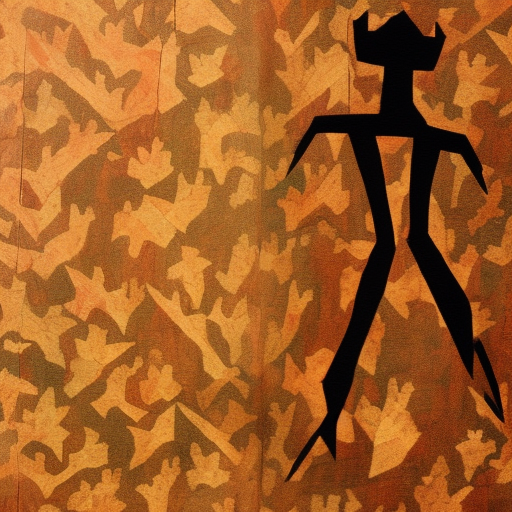Guillermo del Toro’s Pinocchio by Guillermo del Toro – A Dark and Enchanting Tale
Main Cast and Crew:
- Director: Guillermo del Toro
- Writers: Guillermo del Toro, Gris Grimly
- Voice Cast: Gregory Mann as Pinocchio, Ewan McGregor as Cricket, Tilda Swinton as the Fairy with Turquoise Hair, Christoph Waltz as the Fox, Ron Perlman as Mangiafuoco, David Bradley as Geppetto
- Music: Alexandre Desplat
- Director of Photography: Guillermo Navarro
- Producers: Guillermo del Toro, Lisa Henson, Jason Lust, Corey Campodonico, Alex Bulkley
Plot:
In Guillermo del Toro’s Pinocchio, we follow the journey of a wooden puppet named Pinocchio (Gregory Mann) who longs to become a real boy. Created by the kind-hearted woodcarver Geppetto (David Bradley), Pinocchio is brought to life by the magical intervention of the Fairy with Turquoise Hair (Tilda Swinton). However, Pinocchio’s innocence and curiosity lead him astray, encountering various colorful characters and facing dangerous situations.
Guided by his loyal friend Cricket (Ewan McGregor), Pinocchio embarks on a quest to prove himself worthy of becoming a real boy. Along the way, he encounters the cunning Fox (Christoph Waltz) and the sinister puppeteer Mangiafuoco (Ron Perlman). Pinocchio must navigate treacherous waters, escape from a nightmarish puppet theater, and confront his own inner demons.
As Pinocchio’s adventures unfold, he learns valuable lessons about honesty, bravery, and the importance of family. The film explores themes of redemption, self-discovery, and the consequences of one’s actions. It delves into the complexities of human nature and the struggle between good and evil.
Themes and Motifs:
Guillermo del Toro’s Pinocchio explores themes of identity, transformation, and the power of storytelling. The film delves into the dark and fantastical aspects of the original story, capturing the essence of Carlo Collodi’s 1883 novel. Del Toro’s signature visual style brings a haunting and enchanting atmosphere to the narrative, blending elements of gothic fantasy and magical realism.
The motif of puppets and marionettes serves as a metaphor for the human condition, highlighting the struggle between free will and external influences. The film also explores the themes of innocence and corruption, emphasizing the importance of staying true to oneself in a world full of temptations.
Reception and Legacy:
Upon its release, Guillermo del Toro’s Pinocchio received critical acclaim for its stunning visuals, imaginative storytelling, and the depth of its themes. The film was praised for its dark yet enchanting atmosphere, reminiscent of del Toro’s previous works such as “Pan’s Labyrinth” and “The Shape of Water.”
While the film did not receive widespread theatrical distribution, it gained a cult following and became highly regarded among fans of del Toro’s unique style. Its legacy lies in its ability to reimagine a beloved classic with a fresh and captivating vision, appealing to both children and adults alike.
Recommendation:
Guillermo del Toro’s Pinocchio is a must-watch for fans of dark fantasy and those who appreciate visually stunning storytelling. It offers a fresh take on a timeless tale, blending elements of horror, fantasy, and coming-of-age. The film’s rich symbolism and thought-provoking themes make it a captivating and memorable cinematic experience.
Memorable Quote:
“A boy who won’t be good might just as well be made of wood.” – The Fairy with Turquoise Hair












